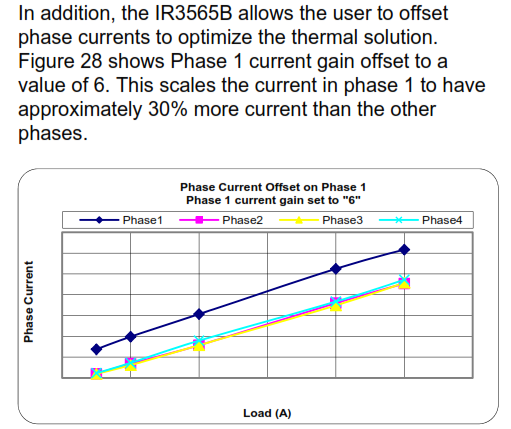Especially if the channel is supplied with mostly 8GB and not 4GB SKUs. This provides the $199 anchor price to help perception and demand, but forcing an upsell to the more profitable $239 8GB in practice. The deliberate dichotomy already worked for launch reviews, which mostly benchmarked the 8GB variant.If AMD concluded that a very temporary, very minor margin hit on a few 4GB parts was an acceptable trade-off for meeting their $200 marketing claims, then why not?
NVidia did the same price anchor switch with FE models. $379 retail for GTX 1070. But in practice only the FE edition is available, for $449 retail. Yes, list price OEM models are "coming soon". Yep. Real soon. As soon as the cream is fully skimmed, and not before.

